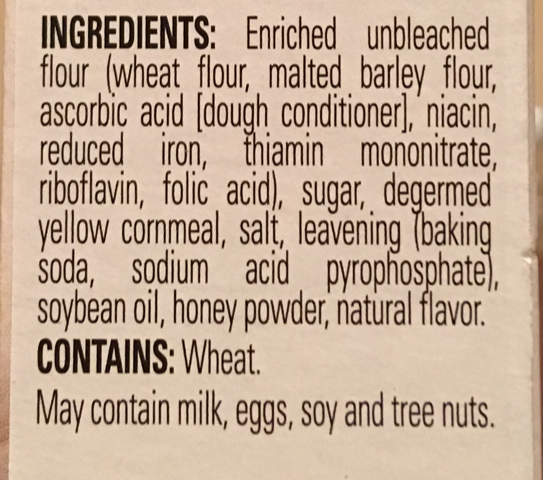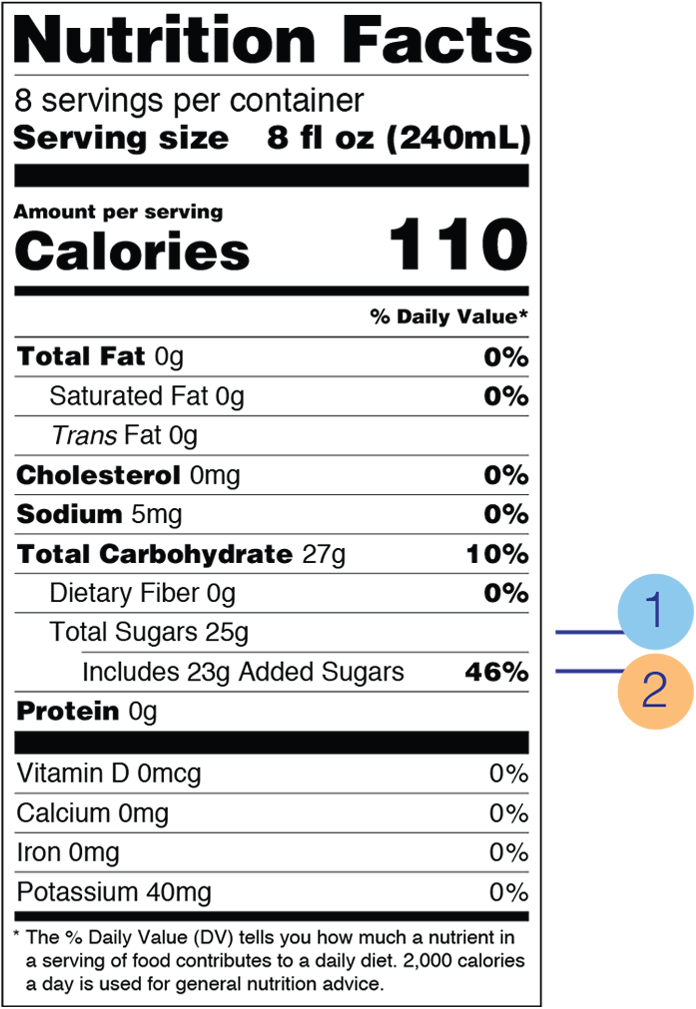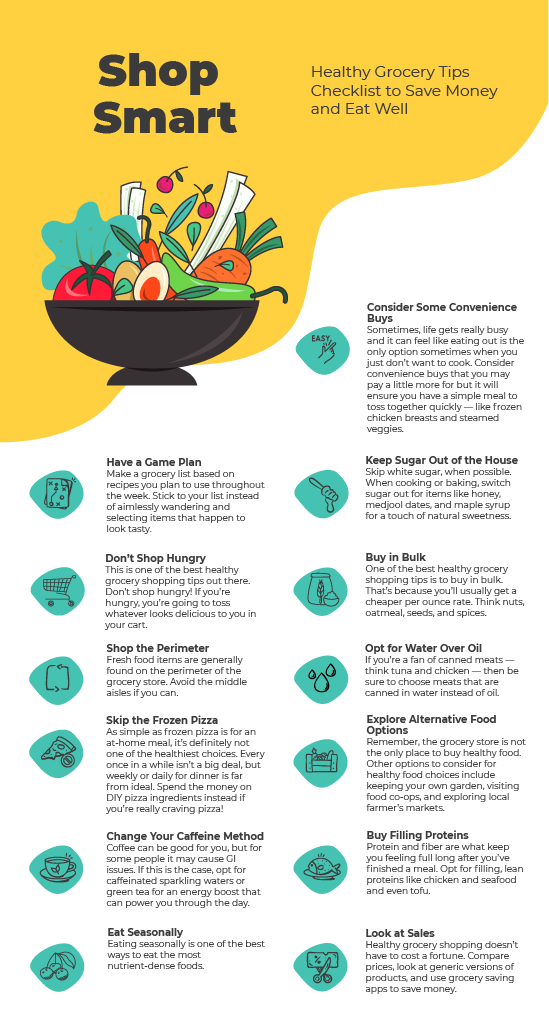In an era where grocery aisles are flooded with products boasting "all-natural," "low-fat," or "heart-healthy" claims, understanding how to read food labels has never been more crucial. According to the FDA, nutrition labels are designed to empower consumers, yet misleading marketing tactics can obscure the truth about what's inside. A 2025 survey by the Consumer Reports highlights that over 60% of shoppers fall for front-of-package hype, often leading to poor dietary choices that contribute to issues like obesity and diabetes. This comprehensive guide outlines five essential tips to spot misleading food labels, equipping you with the knowledge to make informed decisions. By mastering these strategies, you can navigate the complexities of nutrition facts, ingredient lists, and deceptive claims, ultimately fostering better health outcomes for you and your family.
Navigating food labels isn't just about compliance with regulations; it's about safeguarding your well-being. The Harvard Health guide emphasizes that small misinterpretations can add up to significant caloric overconsumption over time. With processed foods dominating supermarket shelves, learning to discern fact from fiction is a skill that pays dividends in energy levels, weight management, and long-term disease prevention. Let's dive into the five tips, each backed by expert insights and practical examples to help you shop smarter.
Tip 1: Scrutinize Serving Sizes for Realistic Portions
One of the most common pitfalls in food labeling is the manipulation of serving sizes to make nutritional values appear more favorable. Manufacturers often list unrealistically small portions, leading consumers to underestimate their intake. For instance, a bag of chips might claim "only 150 calories per serving," but if the serving is just 10 chips, and you eat the whole bag, you're consuming far more.
To spot this, always check the "servings per container" and compare it to what you actually consume. The FDA updated label requirements in 2020 to reflect more realistic portions, but discrepancies persist. For example, cereal boxes might list a half-cup serving, yet most people pour double that amount. Multiply the nutrients by the number of servings you eat to get an accurate picture. This tip is particularly vital for high-calorie items like snacks or beverages, where hidden excesses in sugar or sodium can derail health goals.
Experts from the Gaples Institute warn that ignoring serving sizes can lead to unintended overeating, contributing to weight gain. Practical advice: Use measuring tools at home initially to train your eye, and opt for single-serve packages when possible to avoid portion distortion. By mastering this, you'll better control your daily intake and make labels work for you, not against you.
(Word count so far: approximately 450)
Tip 2: Decode Buzzwords and Marketing Claims
Front-of-package claims like "all-natural," "multi-grain," or "lightly sweetened" are often designed to entice, but they can be misleading without regulatory backing. The term "natural," for instance, isn't strictly defined by the FDA, allowing products with artificial additives to use it freely. A chicken package might boast "all-natural" while containing added sodium or preservatives.
To avoid this trap, flip the package and verify claims against the ingredients and nutrition facts. "Multi-grain" simply means multiple grains are used, not that they're whole grains—look for "100% whole grain" instead. Similarly, "no cholesterol" on plant-based foods like peanut butter is redundant since cholesterol is only in animal products, serving as a distraction from high sodium or sugar.
Consumer Reports notes that such labels can inflate perceived health benefits, leading to overconsumption. Case in point: A "light" yogurt might have reduced fat but compensated with added sugars, negating the benefit. Always cross-reference with the back panel. For certified claims like "organic," ensure the USDA seal is present. This vigilance helps you sidestep marketing ploys and choose genuinely nutritious options.
(Word count so far: approximately 750)
Tip 3: Examine the Ingredients List Thoroughly
The ingredients list is your best defense against hidden unhealthy components, as items are listed in descending order of quantity. If sugar or refined flour tops the list in a "healthy" granola bar, it's a red flag. Shorter lists with recognizable whole foods indicate less processing.
Watch for aliases: Sugar appears as high-fructose corn syrup, dextrose, or maltose—aim for products with fewer than five grams of added sugars per serving. Trans fats, labeled as "partially hydrogenated oils," should be zero, as they're linked to heart disease. Allergen statements are mandatory, but voluntary disclosures like "may contain" warrant caution for sensitive individuals.
The Mount Sinai Health guide advises focusing here over front claims, as it's less prone to marketing spin. Example: A "vegetable" chip might list potatoes first, followed by oils and salts, revealing it's no healthier than regular chips. By prioritizing whole ingredients, you reduce intake of preservatives and artificial colors, promoting better digestion and energy.
(Word count so far: approximately 950)
Tip 4: Watch for Hidden Sugars and Unhealthy Fats
Added sugars and fats are often disguised, with labels using terms like "low-fat" to mask high sugar content for flavor compensation. The FDA now requires "added sugars" to be specified, helping identify excesses—limit to under 50 grams daily.
For fats, differentiate: Avoid trans fats entirely, limit saturated to 10% of calories, and favor unsaturated from sources like avocados. A "fat-free" cookie might pack in sugars, spiking blood glucose. Sentient Media reports that "sugar-free" claims can hide artificial sweeteners with potential side effects.
To counter this, calculate total carbs and subtract fiber for net impact. Beverages are notorious— a "fruit-flavored" drink might have zero fruit but ample syrup. By scrutinizing these, you prevent metabolic issues and maintain stable energy.
(Word count so far: approximately 1150)
Tip 5: Evaluate Nutrient Percentages and Overall Balance
Percent Daily Values (%DV) provide context—aim for high in fiber, vitamins, and minerals, low in sodium and sugars. A 20% DV or more is high; 5% or less is low. Compare products: A soup with 50% sodium DV per serving is excessive.
FoodPrint experts suggest holistic views—balance macros and avoid isolated claims like "keto" without verifying carbs. "Gluten-free" doesn't mean healthy; it might mean more fillers.
This tip ensures comprehensive nutrition, reducing reliance on gimmicks.
| Common Misleading Claim | What It Really Means | Better Alternative Check |
|---|---|---|
| All-Natural | Unregulated; may include additives | Look for USDA Organic seal |
| Low-Fat | Often high in sugars | Check added sugars and total carbs |
| Multi-Grain | Multiple grains, not necessarily whole | Seek "100% Whole Grain" |
| No Cholesterol | Irrelevant for plant foods | Verify sodium and fats |
| Lightly Sweetened | Still contains sugars | Review grams of added sugars |
(Word count so far: approximately 1350)
Frequently Asked Questions
- What are the most common misleading food labels? Terms like "natural," "multi-grain," and "low-calorie" often hide sugars or processing.
- How do I read nutrition facts effectively? Start with serving size, then calories, fats, sugars, and %DV.
- Are front-of-package labels reliable? They're marketing-focused; always check the back.
- What about organic labels? True organic requires certification; verify the seal.
- How can I avoid hidden sugars? Scan for over 50 synonyms like "syrup" in ingredients.
- Is "gluten-free" always healthier? No, it can mean more additives; focus on whole foods.
Conclusion
Mastering how to spot misleading food labels empowers you to make healthier choices amid deceptive marketing. By applying these five tips—scrutinizing servings, decoding buzzwords, examining ingredients, watching sugars/fats, and evaluating nutrients—you'll enhance your diet and well-being. For more nutrition advice, explore our Elite Blog.
Share your label-spotting experiences in the comments!
Related Articles on Elite Blog:





Comments
Post a Comment
Thanks for your response,May God bless you